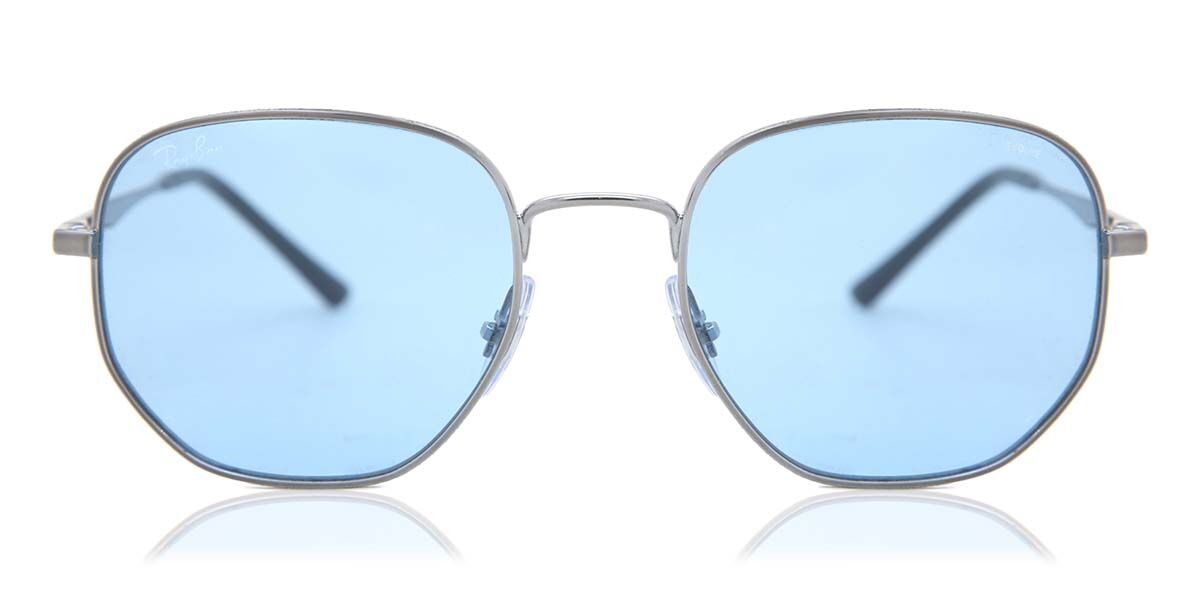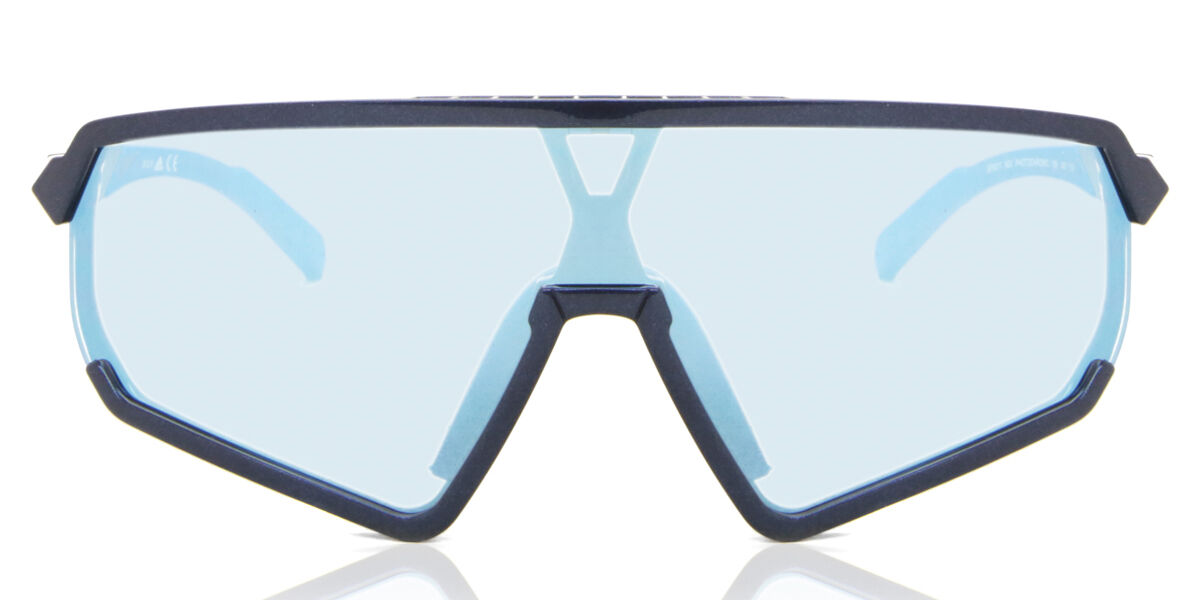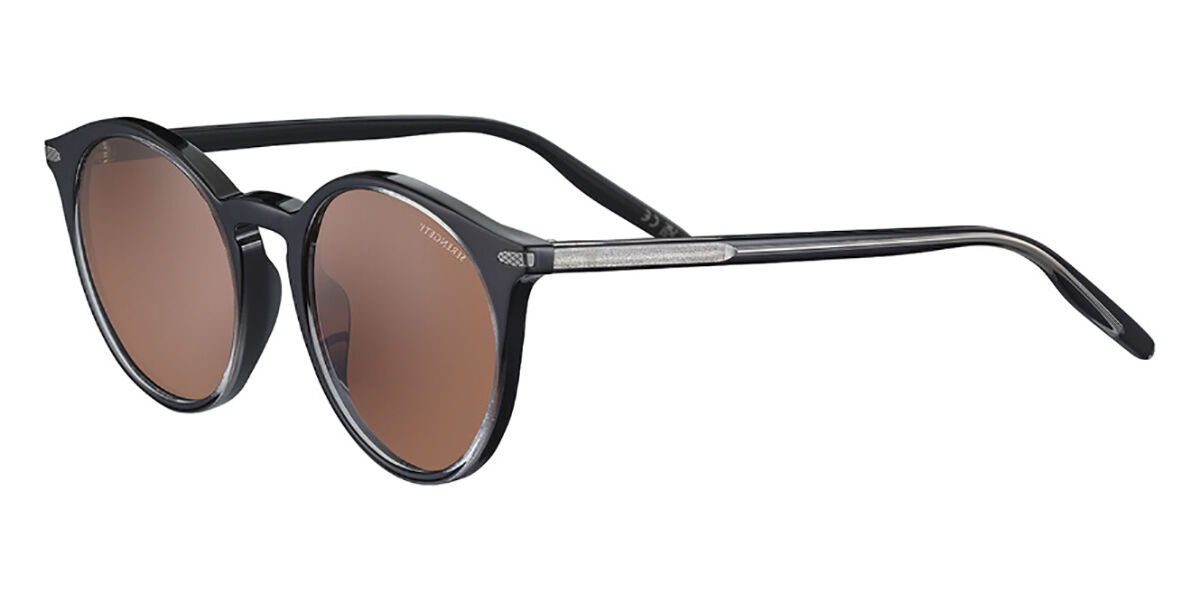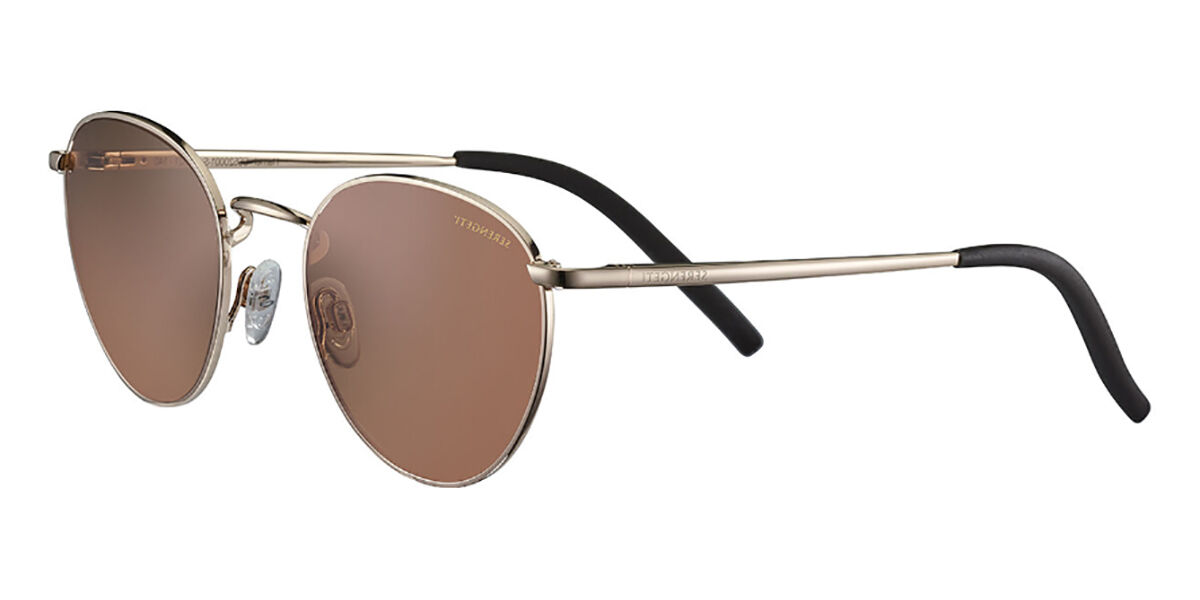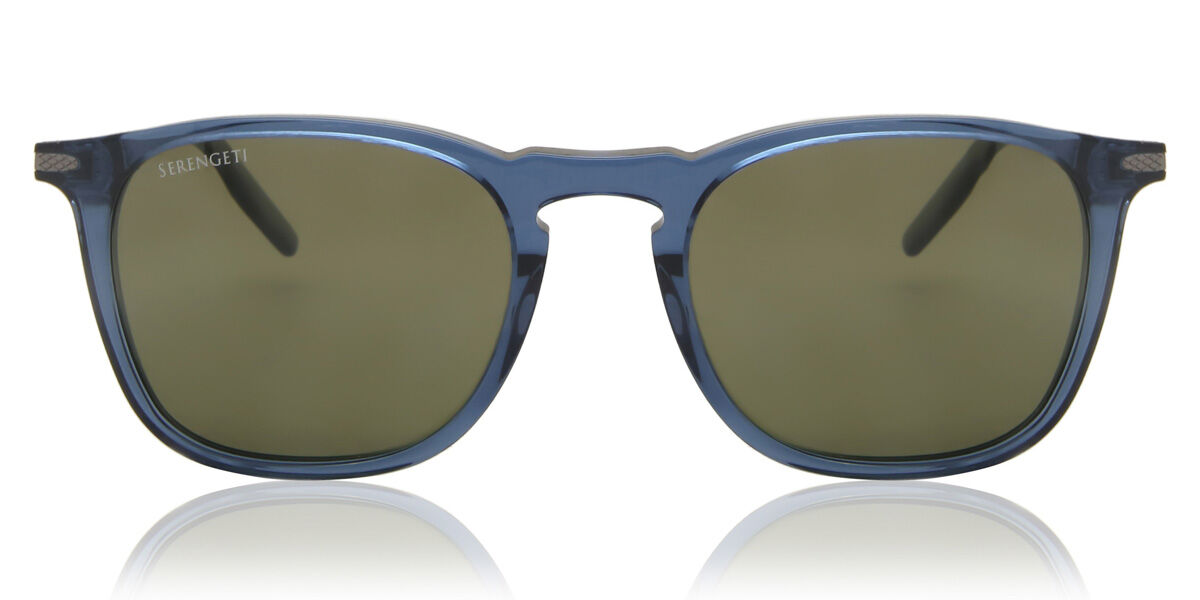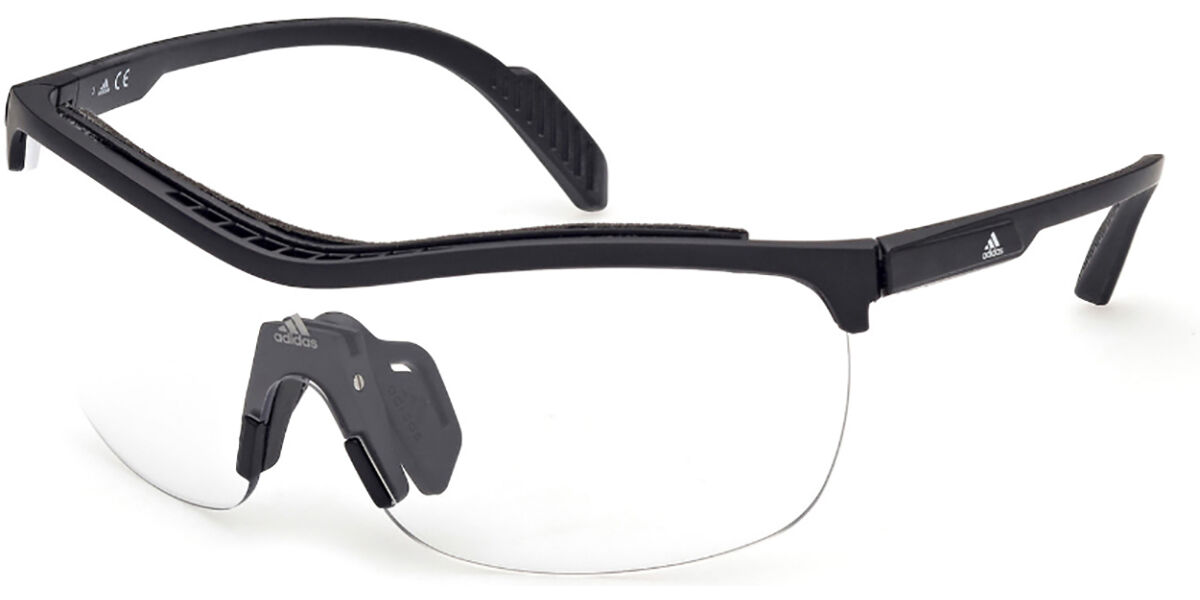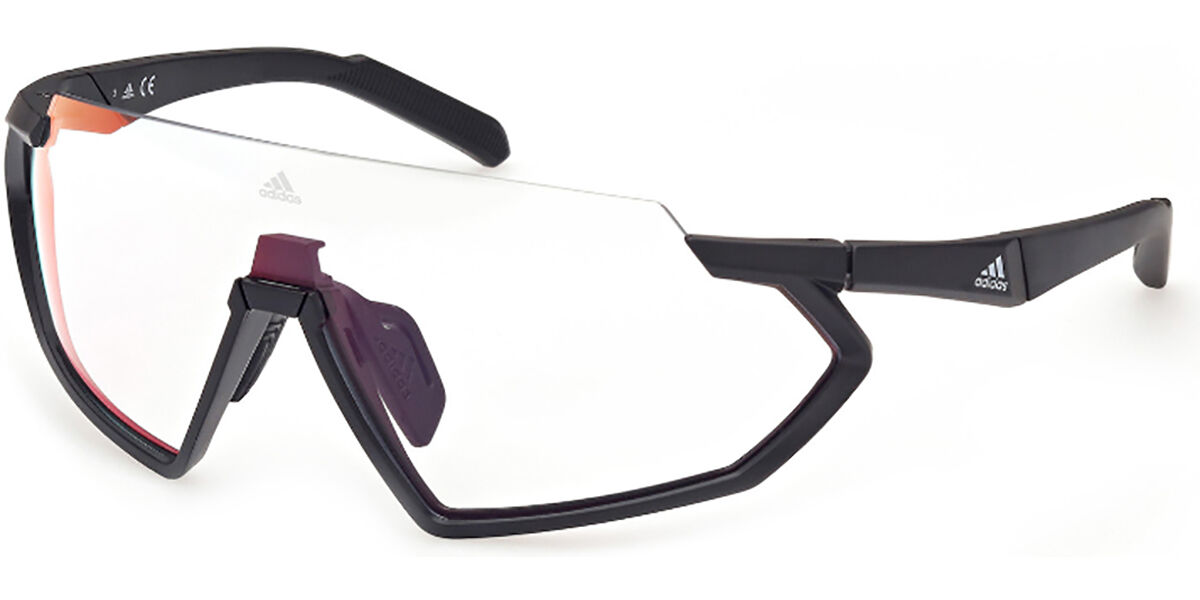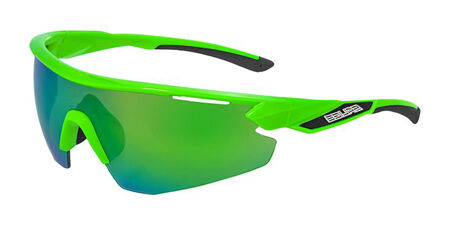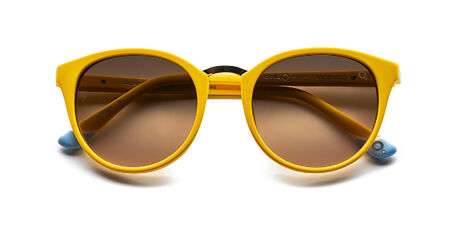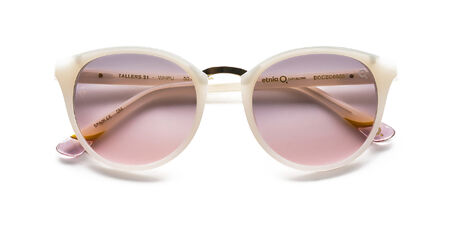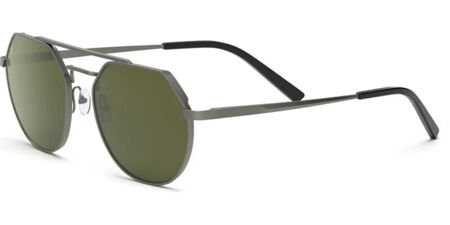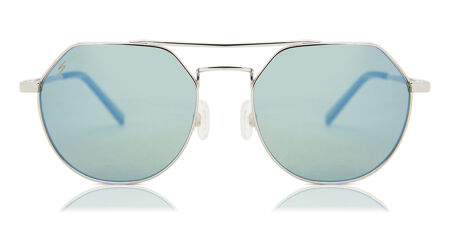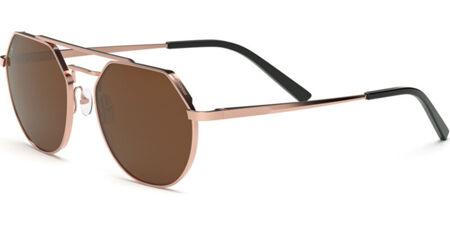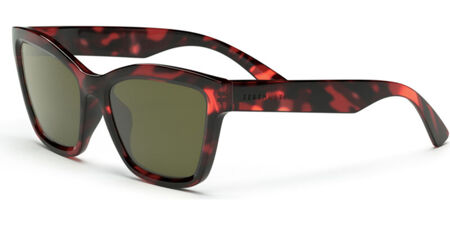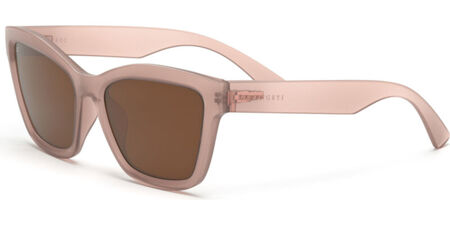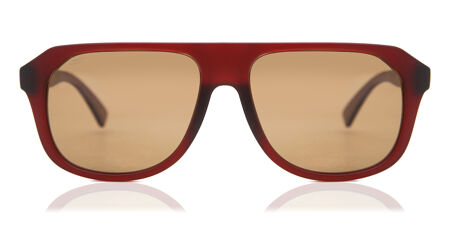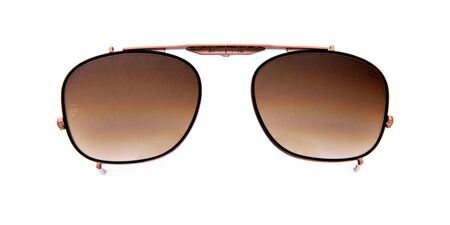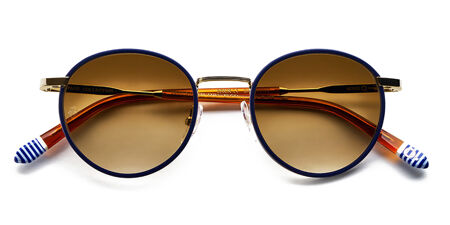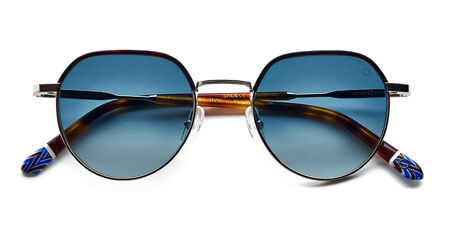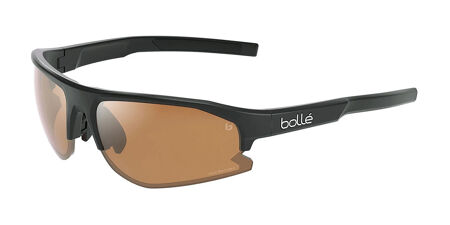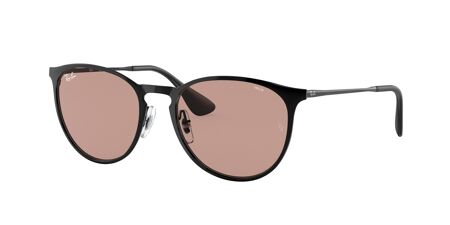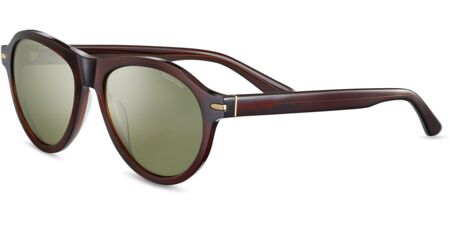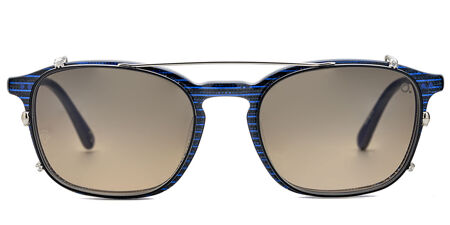- Fast Domestic & International Delivery*
- Online Order Tracking + Secure Service with Leading Delivery Companies
- Free Shipping for orders over $30
- If you find a lower price online within 14 days of purchase, we will BEAT IT by $2!!
- Email customerservice@smartbuyglasses.com with the URL
- Subject to our offer guidelines and conditions.
- Full Refund & Exchanges Within 100 Days
- Click here to get 2 Year Warranty on ALL Sunglasses & Eyeglasses
- 2 Year Warranty on ALL Prescription Eyewear
- 3 Month Warranty on ALL Contact Lenses
Vision insurance can significantly reduce the cost of prescription eyewear or contact lenses. At SmartBuyGlasses you can claim reimbursement using our itemized receipt upon purchasing your prescription eyewear or contact lenses with your insurance provider, or spend your FSA or HSA.
We have qualified opticians on call to answer your questions and help you choose lenses and frames.
Click here to speak to one of our opticians.
- Available Mon-Fri, from 9AM - 6PM CST
Get Started
Track my order

Filter & Sort
- Photochromic
Sort
Popular Picks
Gender
Deals
Brand
Top Brands
All Brands
Sports
Features
Frame Shape
Face Shape
Frame Color
Lens Color
Frame Type
Lens Type
Frame Material
Size
Price
Sunglasses
When you buy glasses from us, anti-reflective and scratch resistant protection are included in most lens options. In addition to this, you can add options to further customize your glasses to your needs. Transition lenses are a smart alternative to wearing sunglasses. Transition lenses automatically darken in sunlight, then return to being colorless when you go indoors again. Transition lenses, also commonly known as photochromic lenses, react to UV light and darken the stronger the light is.
What are transition lenses?
Transition lenses are a mixture of ordinary glasses and sunglasses. The glasses go from colorless to dark depending on the UV light / sunlight and then darken gradually depending on the intensity of the sunlight.
How do transition lenses work?
The transition lenses work so that when the rays of UV light reach the glass, the hue of the color changes according to what the daylight requires. The lens changes from clear to darker depending on how bright it is outside. The stronger the sunlight, the darker the lens. Because the lens reacts to sunlight, they become clear indoors, and even when you drive a car if you upgrade to the Transitions™ XTRActive.
On a light and cloudy day, the lens can have a slightly darker tone and on a cloudless day with strong sunlight, they become dark as sunglasses. The transition lenses give you a pleasant balance between the dark lens and the light intensity outdoors. The colder it is, the faster the color of the glass changes. Therefore, the photochromatic glasses get darker faster in the winter than in the summer.
Who are transition lenses suitable for?
The transition lens is a smart alternative for you who are on the go and can be in different lighting conditions during the day or for you who simply want one and the same pair of glasses - regardless of use or brightness. The technology behind the glass thus gives you the opportunity to have both a pair of glasses and a pair of sunglasses in one and the same frame as the lenses automatically darken in sunlight.
Transition lenses contain millions of molecules of silver chloride or silver halides, which are built into the lens. These molecules are transparent when exposed to artificial light, but when exposed to UV rays, a chemical process wants to take place. The UV rays cause the molecules to change shape and absorb parts of the visible light, caused by the lens becoming darker. The number of molecules that change shape varies with the intensity of the UV radiation. When the lenses are not exposed to UV rays, the molecules return to their "invisible" shape again, and are like a pair of ordinary glasses without tinting.
In an early phase, when the spectacle lens was made of glass, these molecules were placed on the outside of the lens. But today, when the lens is mainly made of plastic, the production of transition lenses takes place by immersing the lenses in a chemical bath, where the photochromic molecules are actually absorbed by the lens. It settles about 150 micrometers into the plastic. Today's leading producer of transition lenses is Transitions™.
When you buy glasses with transition lenses from us, blue light protection is included that protects you from harmful blue light. The transition lenses are available in brown and gray colors. The brown transition lenses increase the contrasts and give the surroundings a warm tone, while the gray transition lenses do not change the shades but instead enhance the colors you see. The brown lens can be perceived as lighter than the gray, but they become just as dark when the light hits the glass.
What are the pros and cons of getting transition lenses?
Okay, you are starting to see all the pros of getting transition lenses right? The lenses darken quickly when exposed to UV-light, you only need to carry around one pair of glasses instead of one pair that works inside and one pair to switch to when outside, and they decrease the sensitivity to light. Of course, this also comes with a benefit of saving money when you only need to purchase one pair of sunglasses. With Transitions™ EXTRActive they even work in your car that otherwise often is seen as a con as you would still need to change to sunglasses in the car, but not any longer! The Transitions™ lenses do also protect you extra if you spend long hours in front of digital screens as it blocks out harmful blue light.
So, are there any cons? We wish we could say no. But, as with most things, it can’t all be good. One common complaint is that the transition lenses don’t come polarized. For the people that are extra light sensitive might find this as one of the biggest cons. When the glasses aren’t polarized, it doesn’t give you the full protection from the sun's UV-rays and doesn't block all the glare. Then, for out vain people out there, it does make outdoor photos more difficult. As the transition lenses transition to the darker tint so quickly, your eyes become obscured from sight. However, depending on the look you are going for, this might be a pro for you.







































